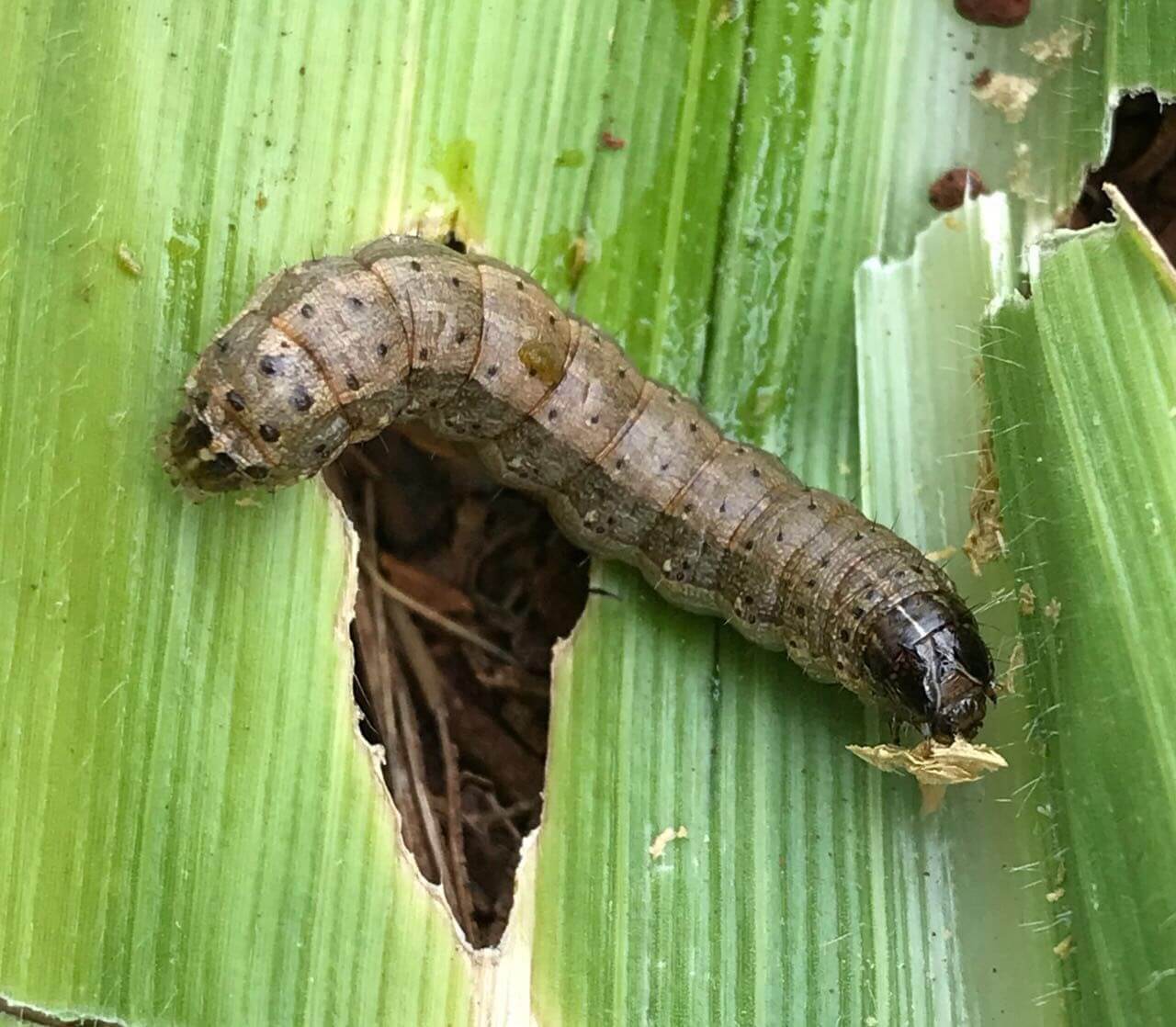The Minister of Lands, Agriculture, Fisheries, Water, and Rural Resettlement, Dr. Anxious Masuka, has attributed the recent surge in armyworm infestations across Zimbabwe’s 10 provinces to the effects of climate change.
In recent years, Zimbabwe has experienced an alarming rise in armyworm attacks, severely impacting the country’s agricultural sector. These pests primarily target maize and other staple crops, and their spread across all 10 provinces has threatened food security and farmers’ livelihoods nationwide.
Speaking in Parliament yesterday, MP Felix Maburutse questioned Dr. Masuka on the government’s plans to assist farmers in combating the armyworm invasion.
“We have an armyworm outbreak that has become a menace, destroying crops and potentially causing hunger, even if we have farmed well. I want to ask the Minister what plans are in place to help farmers fight this armyworm and what measures are being implemented to prevent future outbreaks,” he said.
In response, Dr. Masuka explained that two types of armyworms are currently affecting the country.
“The first one is the African armyworm (Spodoptera exempta), which is brought into the country as moths carried by wind from nations such as Tanzania and Mozambique. When the winds subside, the moths settle and lay eggs, beginning their life cycle: egg, larva, pupa, and then moth,” he said.
He explained that when the larvae hatch, they appear in large numbers and rapidly destroy crops.
“This phenomenon is also influenced by climate change. To address the issue, the government has established a new Department of Migratory Pest Control, which monitors and responds to outbreaks,” Dr. Masuka added.
To help farmers mitigate the damage, he said the government provides pesticides.
“We can compare this to a fire brigade in urban areas. Last year, we distributed about three million 200-litre bottles of pesticides and 4,000 spray knapsacks. When a farmer notices armyworms, their first step is to alert Agritex officers, who then escalate the issue through WhatsApp groups to provincial command centers. These centers are now equipped with vehicles, motorised knapsacks, and drones for rapid response.”
Dr. Masuka noted that while last year’s armyworm outbreak affected only five provinces and nine districts, this year, all 10 provinces, including Bulawayo and Harare, have reported infestations.
“About 30 districts have been affected, marking a significant increase. I receive daily reports on the situation, and in Masvingo and Manicaland, the armyworms are particularly severe. However, we have deployed teams to curb their spread,” he said.
He also revealed that armyworms can be controlled using certain colors.
“By understanding their movement patterns, we can use color-coded signs to attract them. This allows us to study their behavior and implement better control measures,” he said.
Dr. Masuka further explained that the African armyworm destroys everything in its path, from grazing land to crops, particularly when plants are young.
“We also have a smaller but equally destructive variant called the fall armyworm (Spodoptera frugiperda). The fall armyworm was not common in Africa until 2016, when it was first detected on a farm in Matabeleland. It is believed to have been introduced through imported maize that did not meet proper phytosanitary standards. Farmers growing maize and sorghum soon started noticing holes in crop leaves and damage to maize husks and stalks,” he explained.
He warned that even with sufficient rainfall, armyworm infestations could still lead to food shortages.
“It is up to us as farmers. If we detect these worms in our fields, we must report them to Agritex officers immediately. By following expert guidance, we can control the spread. Moving forward, from the 2025/26 farming season, I am introducing a Statutory Instrument requiring all maize and sorghum seeds to be treated against these pests,” he said.
Meanwhile, outbreaks of the African armyworm have been reported across Southern Africa, including in Malawi, Botswana, Eswatini, and South Africa. Agriculture ministries in these countries have raised concerns over the potential impact on food security, economic stability, and the livelihoods of millions of smallholder farmers.

